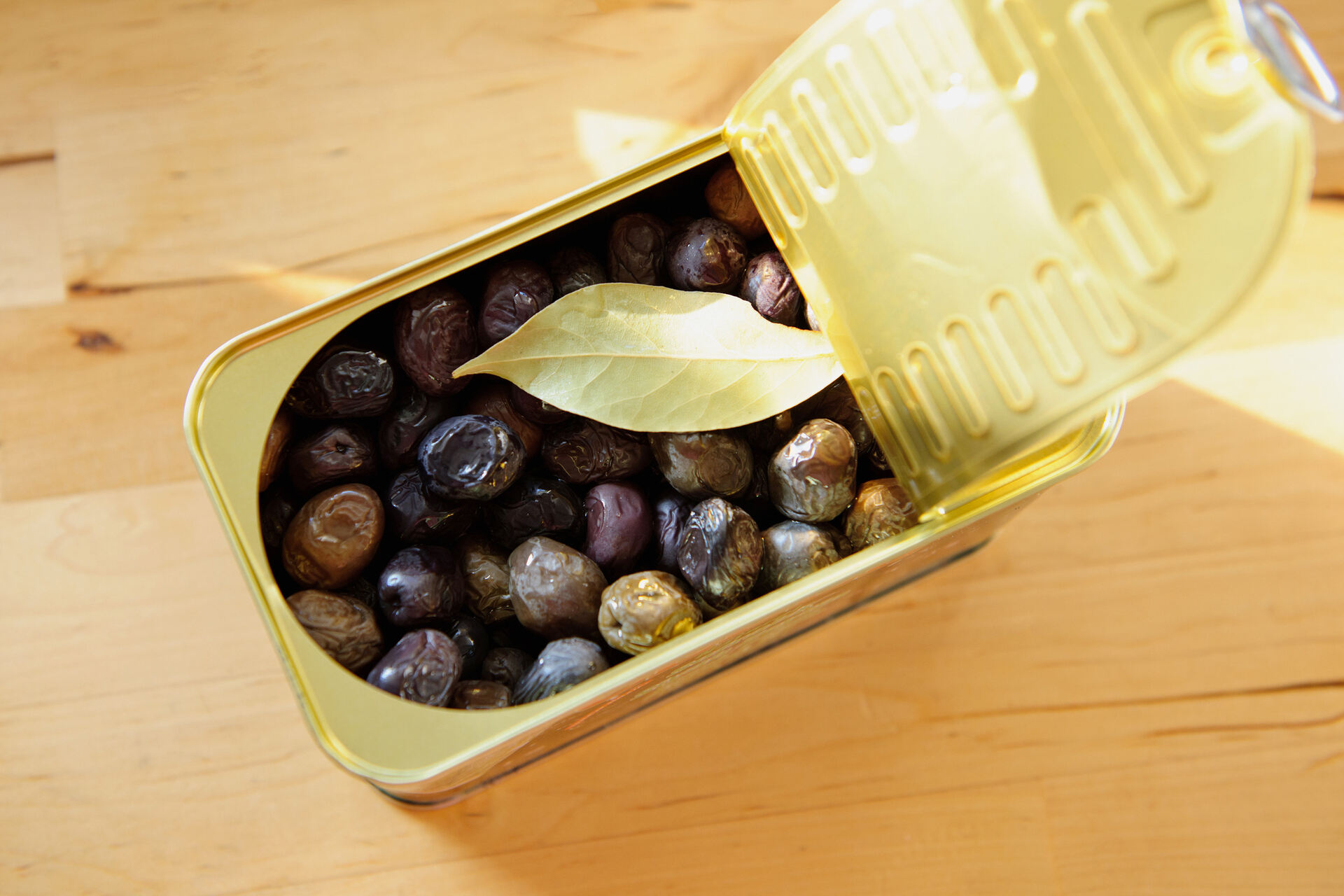

Articles
How To Store Black Olives After Opening
Modified: February 28, 2024
Learn the best methods for storing black olives after opening in this informative article. Keep your olives fresh and delicious with these helpful tips.
(Many of the links in this article redirect to a specific reviewed product. Your purchase of these products through affiliate links helps to generate commission for Storables.com, at no extra cost. Learn more)
Introduction
Black olives are a delicious and versatile ingredient that can enhance the flavor of many dishes. Whether you enjoy them in salads, pasta dishes, or as a topping on pizza, it’s essential to know how to properly store black olives after opening. By following the right storage techniques, you can extend the shelf life of your black olives while maintaining their flavor and freshness.
Improper storage can lead to a loss of flavor, texture, and even spoilage, resulting in a disappointing culinary experience. Therefore, it’s crucial to understand the best methods for preserving black olives to ensure maximum enjoyment. In this article, we will explore various storage options and provide you with tips on how to store black olives effectively.
Key Takeaways:
- Preserve black olives in oil to enhance flavor and prolong shelf life. Properly draining and selecting airtight containers are crucial for maintaining freshness. Enjoy the convenience of refrigeration and freezing for long-term storage.
- Select the right storage container and practice proper draining techniques to maintain the flavor and texture of black olives. Whether preserving in oil, salt brine, or refrigerating, follow hygiene and labeling practices for optimal enjoyment.
Read more: How To Store Black Olives
Proper Storage Container
Choosing the right storage container for your black olives is the first step in ensuring their long-lasting freshness. It’s essential to opt for a container that is airtight and moisture-resistant to prevent the olives from spoiling. Here are some suitable options:
- Glass Jars: Glass jars with a tight-fitting lid are an excellent choice for storing black olives. They are non-reactive and do not release any chemicals that can alter the taste or quality of the olives.
- Plastic Containers: If you prefer plastic containers, make sure they are food-grade and BPA-free. Look for containers with airtight seals to maintain the olives’ freshness.
- Resealable Bags: If you don’t have any containers on hand, resealable plastic bags can be used as a temporary storage solution. However, keep in mind that they may not be as effective as airtight containers in preserving the olives’ flavor and texture.
Ensure that the storage container you choose is clean and dry before transferring the black olives into it. Any residual moisture can promote bacterial growth and cause the olives to spoil more quickly. Additionally, make sure the container is large enough to hold your desired quantity of olives while leaving some room for air circulation.
When using glass jars or plastic containers, it’s a good practice to sterilize them before use. This can be done by washing them with hot, soapy water and rinsing thoroughly. You can also sanitize them by boiling them in water for a few minutes.
By selecting an appropriate storage container, you can create an ideal environment for your black olives and ensure their long-term freshness and flavor.
Draining the Olives
Before transferring your black olives into the storage container, it’s crucial to drain them properly. This step helps to remove excess brine or liquid, which can lead to spoilage if left in contact with the olives for an extended period. Here’s how you can effectively drain your olives:
- Open the can or jar of black olives.
- Place a colander or sieve over the sink or a bowl.
- Pour the olives into the colander or sieve, allowing the liquid to drain away.
- Gently shake the colander or sieve to remove any remaining liquid from the olives.
- Leave the olives in the colander or sieve for a few minutes to ensure all excess liquid has drained away.
Once the olives are thoroughly drained, you are ready to store them in your chosen container. Properly draining the olives is essential to prevent them from becoming overly soggy and to maintain their texture and flavor during storage.
Note: If you have purchased black olives without any brine or liquid, you can skip the draining step.
Preserving in Oil
One of the popular methods for storing black olives after opening is to preserve them in oil. This technique not only helps to keep the olives moist and flavorful but also adds a delightful oil-infused taste. Here’s how you can preserve black olives in oil:
- Start by selecting a high-quality oil that complements the flavor of black olives. Extra virgin olive oil is a popular choice due to its mild taste and health benefits.
- Ensure your black olives are thoroughly drained and pitted if desired.
- Place the drained olives in a clean and dry glass jar or container.
- Cover the olives completely with the chosen oil, making sure they are fully submerged. The oil acts as a barrier, protecting the olives from contact with air and preventing spoilage.
- Seal the jar or container tightly to maintain airtight conditions.
Once preserved in oil, store the container in a cool and dark place, such as a pantry or cupboard. Remember to label the jar with the date to keep track of the olives’ freshness.
When you are ready to use the preserved olives, simply remove them from the oil and rinse off any excess oil before adding them to your desired dish. The oil infused with the flavor of the olives can also be used as a delicious dressing or marinade.
Preserving black olives in oil not only prolongs their shelf life but also enhances their taste and versatility in cooking.
Refrigeration
Refrigeration is a common method for storing black olives after opening, especially if you want to keep them handy for quick and easy use. Follow these steps to refrigerate your black olives:
- Ensure your black olives are thoroughly drained before refrigeration.
- Transfer the drained olives into a clean and airtight container, such as a glass jar or food-grade plastic container.
- Seal the container tightly to prevent air and moisture from entering, which can cause the olives to spoil.
- Place the container in the refrigerator, ideally in the coldest part, such as the back of the upper shelf.
Refrigeration helps to slow down the growth of bacteria and maintain the quality of the black olives. However, it’s important to note that refrigerated olives may become slightly firmer in texture, which is a natural result of the cold temperature.
Remember to consume refrigerated black olives within a reasonable period to ensure their freshness and flavor. While refrigeration can extend their shelf life by a few weeks, it’s best to follow the expiration date mentioned on the original packaging or use your judgment for their quality.
Refrigeration provides a convenient and safe method for storing black olives, allowing you to enjoy their flavor and texture for an extended period.
Store black olives after opening in a clean, airtight container with a small amount of olive oil to keep them moist. Keep them refrigerated and consume within 2 weeks for best quality.
Freezing Method
Freezing black olives is an excellent option if you want to store them for an extended period without compromising their flavor and texture. The freezing method helps to preserve the olives by halting bacterial growth and maintaining their quality. Here’s how you can freeze black olives:
- Start by draining the olives and ensuring they are pitted if desired.
- Spread the olives in a single layer on a baking sheet lined with parchment paper or a silicone mat.
- Place the baking sheet in the freezer and allow the olives to freeze for a few hours or until they are firm to the touch.
- Once the olives are frozen, transfer them into freezer-safe bags or airtight containers.
- Make sure to squeeze out any excess air from the bags or containers before sealing them tightly.
- Label the bags or containers with the date and store them in the freezer.
When you’re ready to use the frozen olives, simply remove the desired portion from the freezer and thaw them in the refrigerator overnight or at room temperature for a few hours. Avoid thawing them in warm water, as this can affect their texture.
Frozen olives can be added directly to dishes such as pasta sauces, stews, or salads. However, their texture might become slightly softer after freezing and thawing.
Note that freezing can slightly alter the taste and texture of black olives, but it’s a convenient method for long-term storage, allowing you to enjoy the olives throughout the year.
Salt Brine Storage
Another method for storing black olives after opening is by preserving them in a salt brine. This technique helps to maintain the olives’ flavor and texture while preventing spoilage. Here’s how you can store black olives in a salt brine:
- Prepare a brine solution by dissolving salt in water. The general ratio is 1 tablespoon of salt per cup of water, but you can adjust it to your preference.
- Ensure your black olives are thoroughly drained and pitted if desired.
- Place the olives in a clean glass jar or container.
- Pour the prepared salt brine over the olives, ensuring they are fully submerged. The salt brine acts as a natural preservative and enhances the olives’ flavor.
- Seal the jar or container tightly to maintain an airtight environment.
Once stored in the salt brine, keep the container in a cool and dark place, such as a pantry or cupboard. The olives will continue to develop flavor over time, so you may want to taste them periodically to check for desired seasoning.
When using the salt brine method, it’s important to note that the olives may become slightly saltier as they absorb some of the brine. You can adjust the saltiness by soaking the olives in water for a few hours before using them.
Remember to consume the salt-brined olives within a reasonable period to enjoy their taste and quality. Discard any olives that show signs of spoilage, such as mold or off-putting odor.
Storing black olives in a salt brine not only extends their shelf life but also enhances their flavor through the natural brining process.
Tips for Storing Black Olives After Opening
Here are some additional tips to ensure optimal storage of black olives after opening:
- Label and Date: Always label your storage containers with the date of opening or storing. This helps you keep track of the olives’ freshness and ensures you use them within a reasonable timeframe.
- Keep Them Dry: Moisture is the enemy when it comes to storing olives. Ensure the olives are thoroughly drained before transferring them to a storage container to prevent the growth of bacteria and maintain their texture.
- Airtight is Key: Whether you choose to store olives in oil, brine, or in a plain container, make sure the container is tightly sealed to create an airtight environment. This prevents oxidation, which can lead to spoilage.
- Avoid Temperature Fluctuations: Store black olives in a cool and stable environment. Keep them away from direct sunlight, high heat, and areas with temperature fluctuations. This helps to maintain their quality and prevent spoilage.
- Regularly Check for Spoilage: Periodically inspect your stored olives for any signs of spoilage, such as mold, off-putting odors, or a slimy texture. Discard any olives that show these signs to avoid consuming spoiled food.
- Avoid Cross-Contamination: When using a spoon or other utensils to remove olives from the storage container, ensure they are clean and dry to prevent cross-contamination with other substances that could impact the olives’ quality.
By following these tips, you can ensure the longevity and quality of your black olives after opening, allowing you to enjoy them in various dishes and recipes.
Conclusion
Proper storage of black olives after opening is essential to maintain their flavor, texture, and overall quality. By following the right techniques, you can extend the shelf life of your black olives, ensuring they remain fresh and delicious for longer periods.
Whether you choose to store your black olives in oil, in a salt brine, or opt for refrigeration or freezing, each method has its advantages and considerations. Preserving them in oil adds a delightful flavor, while a salt brine enhances their taste through natural brining. Refrigeration provides convenience, and freezing allows for long-term storage.
Remember to select an appropriate storage container that is airtight and moisture-resistant. Drain the olives properly before transferring them to the chosen container, and label and date the storage containers to help you keep track of the olives’ freshness.
Additionally, practicing good hygiene, avoiding temperature fluctuations, regularly checking for spoilage, and preventing cross-contamination are essential factors in successfully storing black olives after opening.
By implementing these storage methods and following the provided tips, you can prolong the lifespan of your black olives and enjoy their deliciousness in your favorite dishes whenever you desire.
So go ahead and savor the rich and savory flavor of black olives, knowing that you have the knowledge to store them properly and make the most out of their culinary potential.
Frequently Asked Questions about How To Store Black Olives After Opening
Was this page helpful?
At Storables.com, we guarantee accurate and reliable information. Our content, validated by Expert Board Contributors, is crafted following stringent Editorial Policies. We're committed to providing you with well-researched, expert-backed insights for all your informational needs.
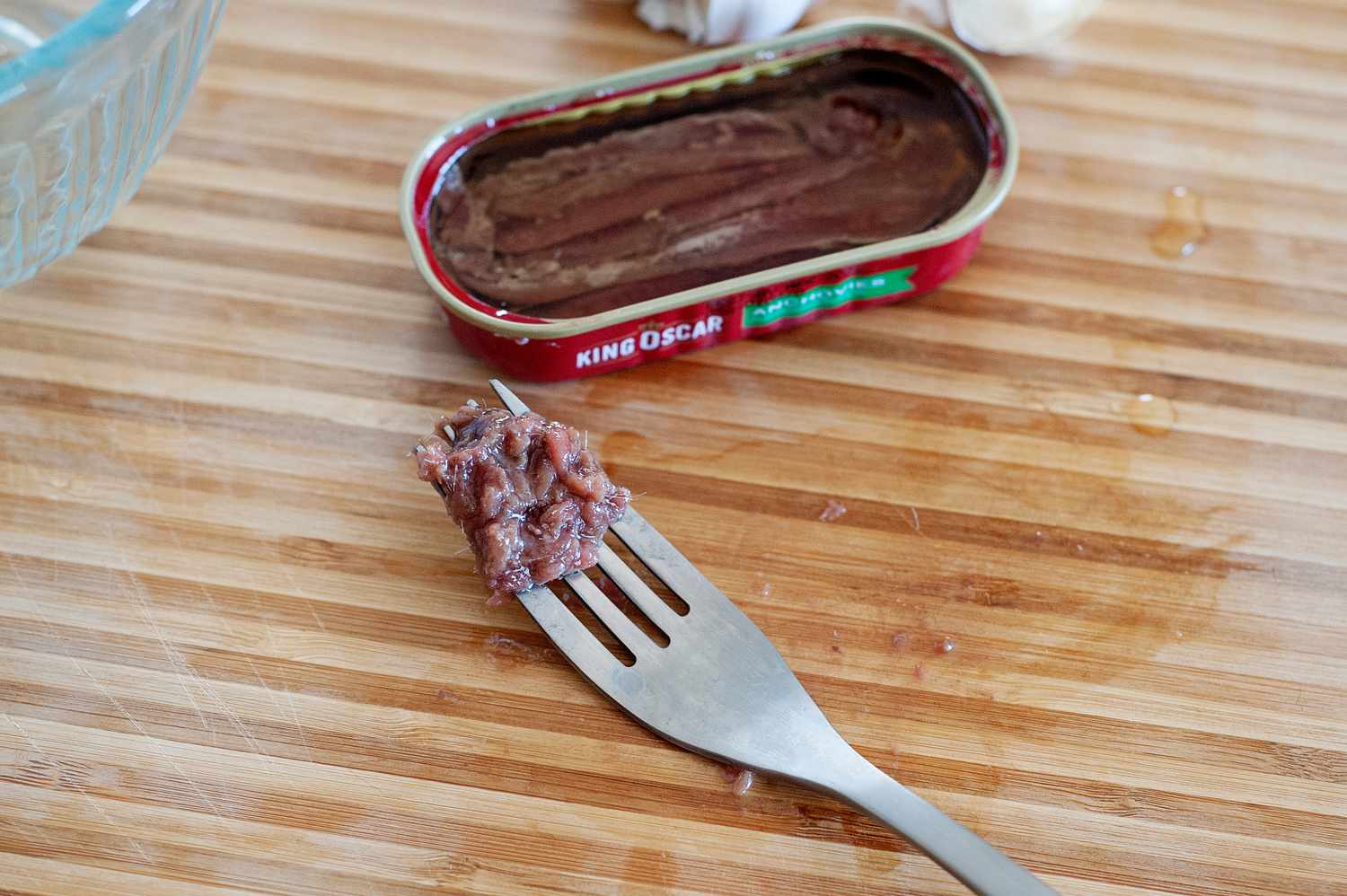
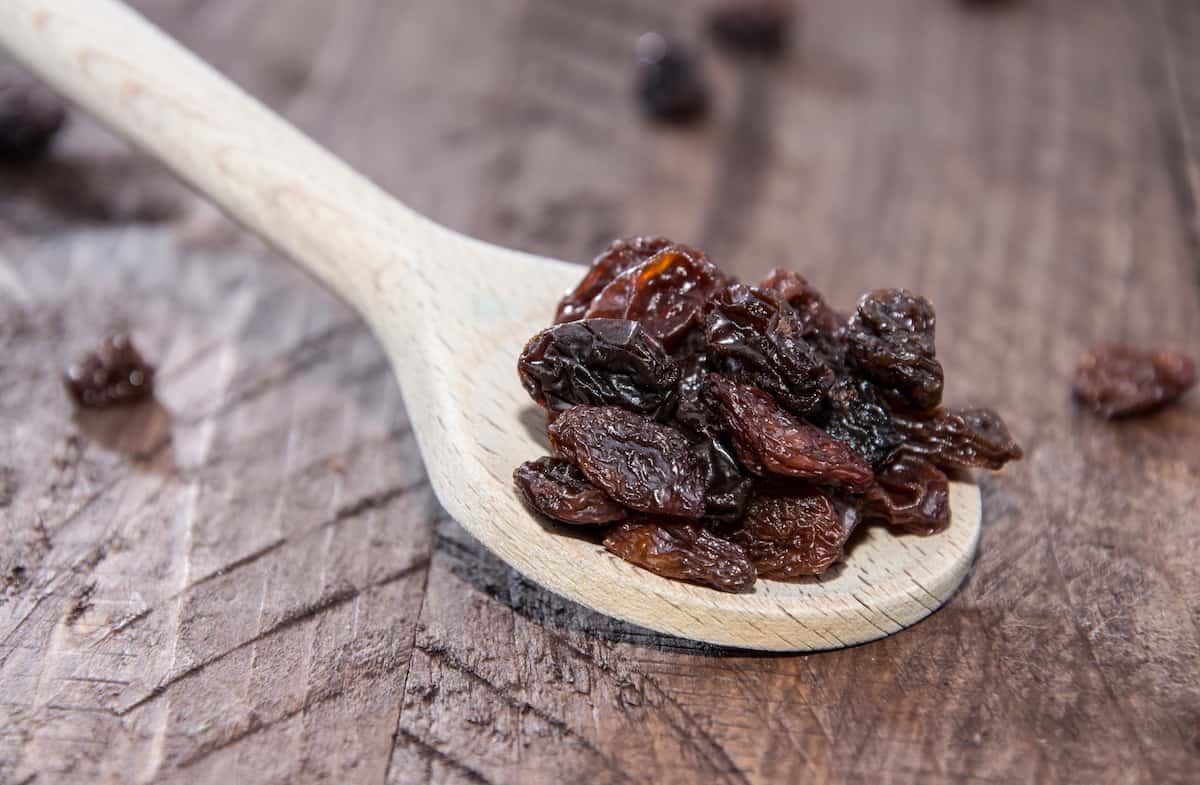



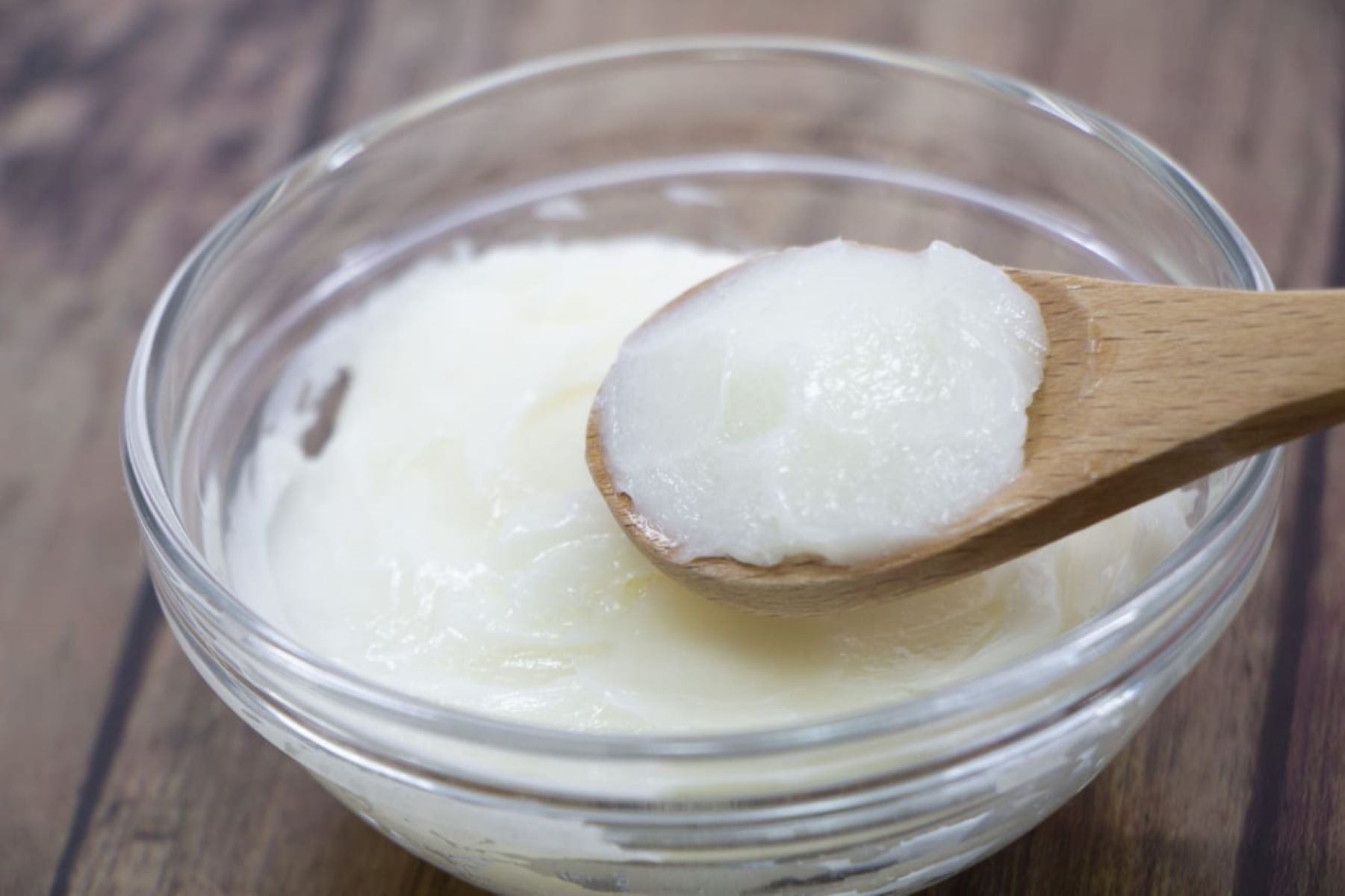


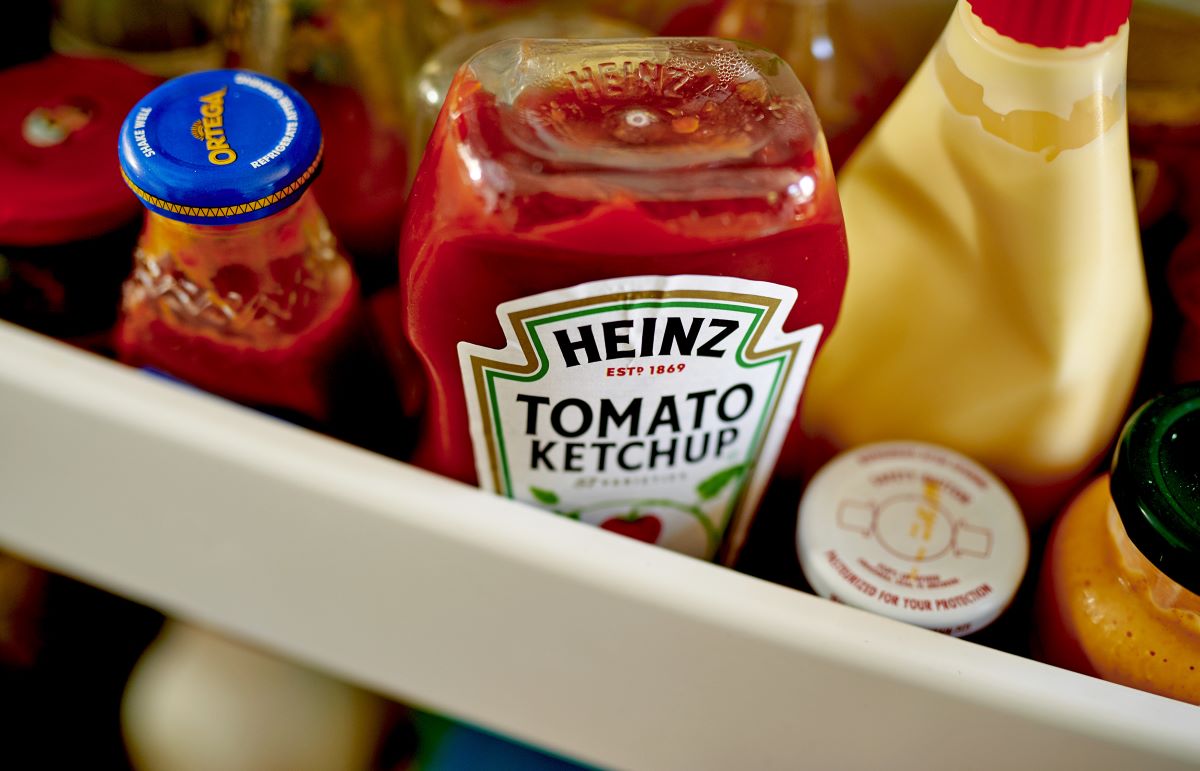
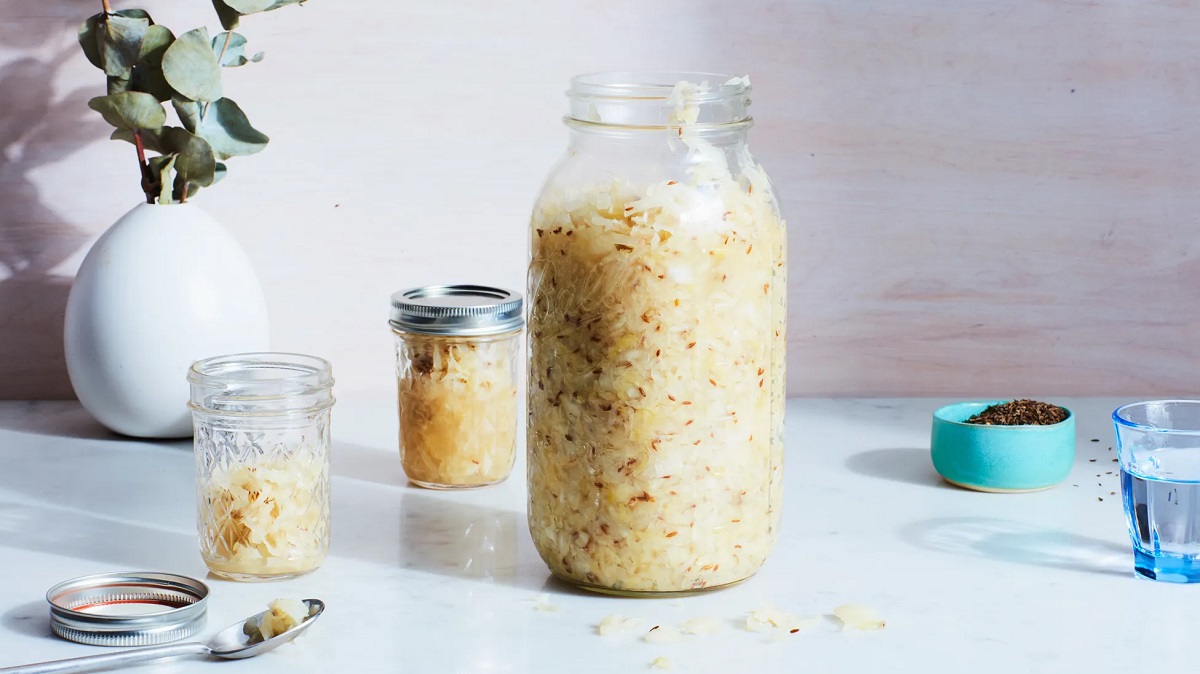

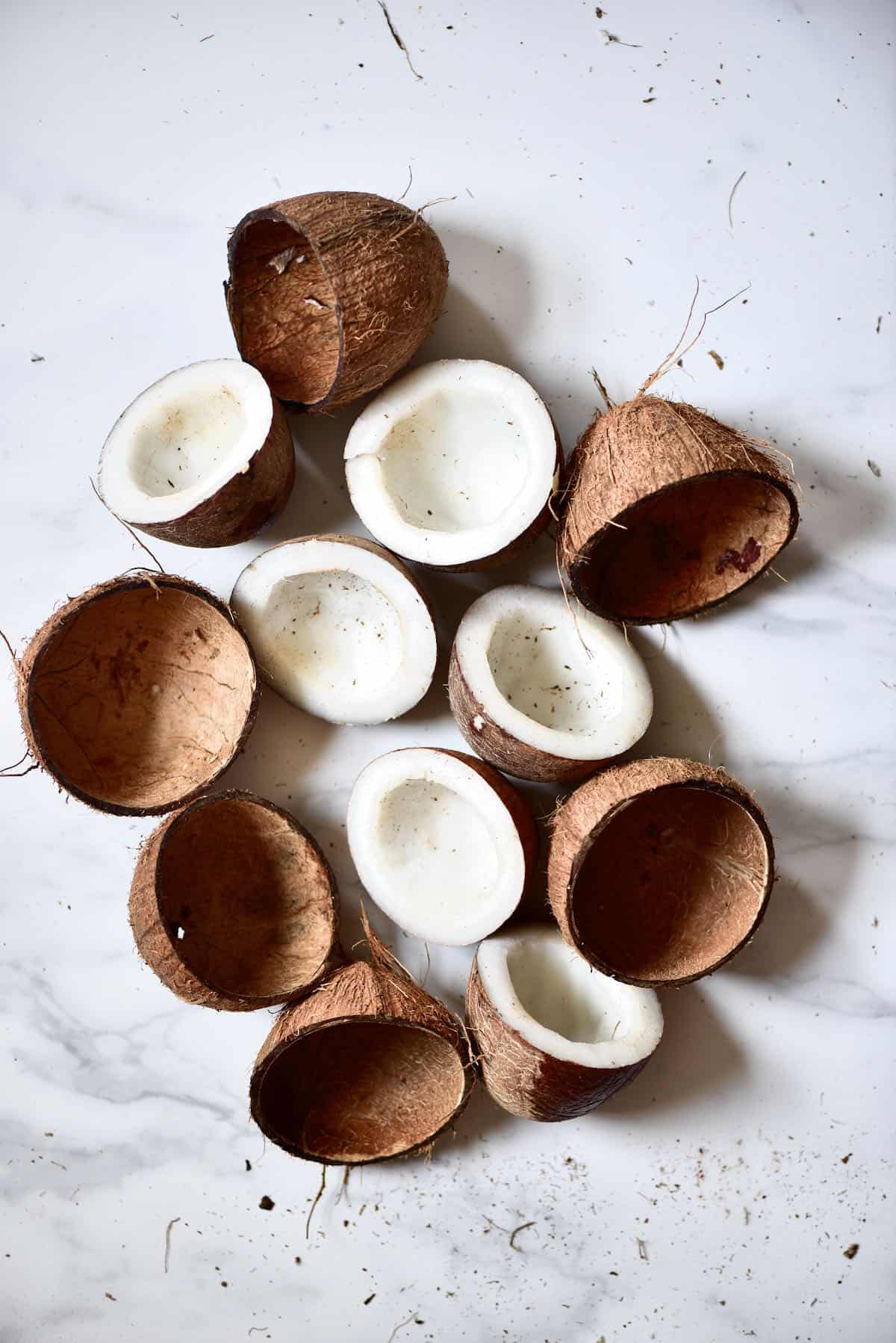
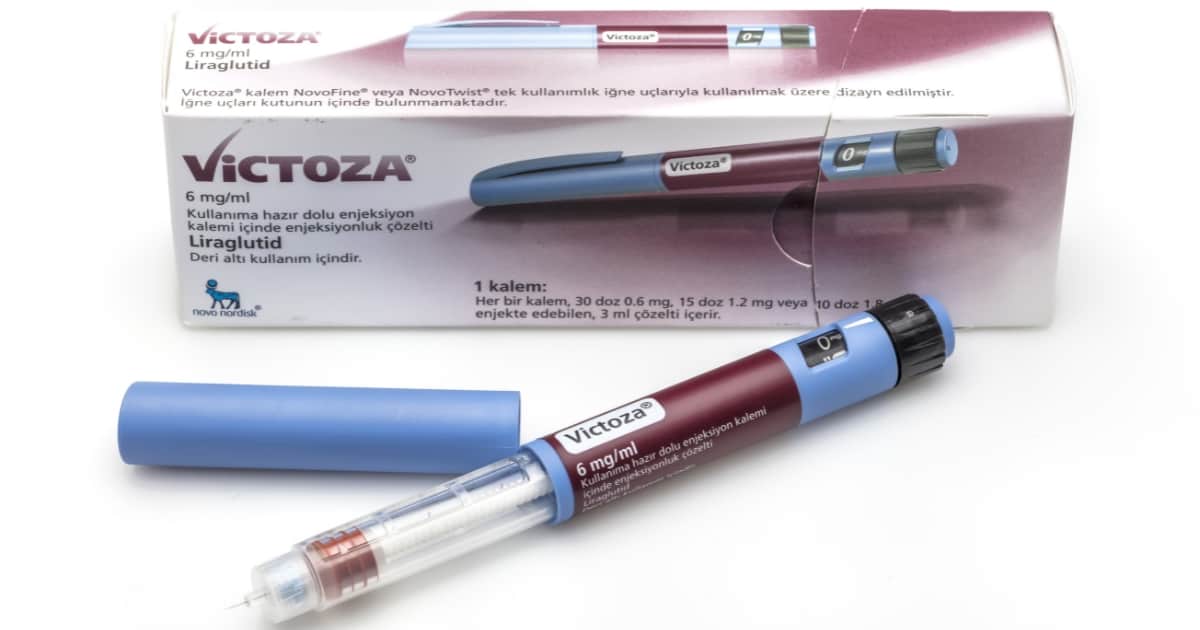


0 thoughts on “How To Store Black Olives After Opening”